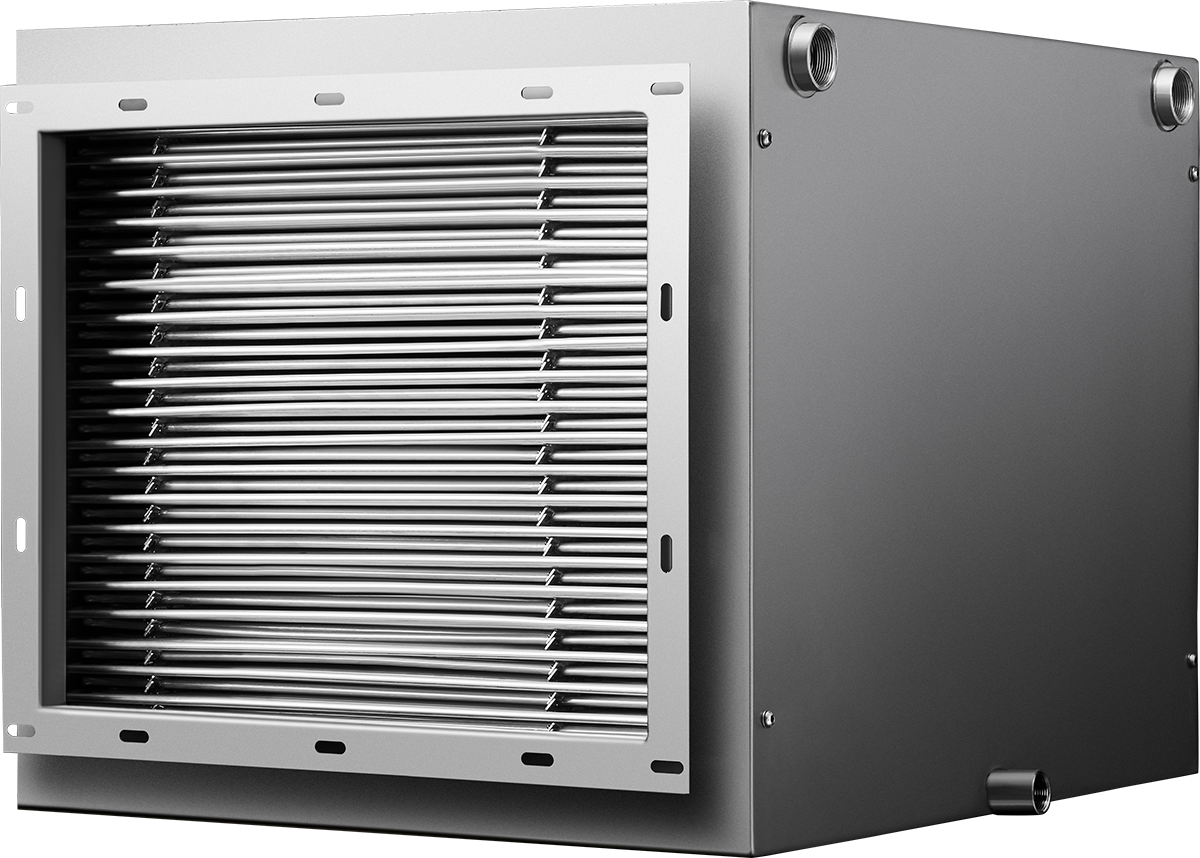Recovering excess heat from meat processing plants and slaughterhouses is challenging as the exhaust air might be laden with rendered fat, oil and grease from processing operations, and might contain particulate matter like dust, trace elements from animal feed, pharmaceuticals, and other processing residues which usually stick on the surface of traditional heat exchangers and make it difficult to recover heat. It is still however essential to recover heat as processes such as boilers used for steam generation in meat processing plants and rendering processes involving the conversion of animal by-products into fats and proteins, produce hot exhaust air that is vented straight out into the atmosphere without heat recovery. Furthermore, cookers and ovens used for processing meat products release untapped hot, moist air as well which creates a lot of wasted energy.
Thanks to Lepido, wasting energy is no longer an option. Lepido thrives in harsh environments, recovering energy while allowing particles that would normally clog up the system, to simply pass through.
.png?width=1200&height=627&name=Without%20energy%20recovery%20(2).png)
Lepido is resilient against pollutants like grease, moisture and particles and is suitable for diverse hospitality applications as it seamlessly integrates into a Run-Around-Circuit, overcoming the Coanda effect.

Lepido ensures optimal efficiency and is designed to withstand high temperatures and pressures. The recovered heat can be used to heat replacement air or returned to the process itself by preheating liquid/air. For example:
- By recovering heat from the boiler flue gases, Lepido can preheat water or air used in the boiler, improving overall energy efficiency and reducing fuel consumption.
- The recovered heat from the exhaust air of rendering processes can be used to preheat incoming feedstock or to provide additional heat for other parts of the plant such as for the cooking process.
- Meat processing plants generate large volumes of wastewater that require heating during treatment. Recovered heat can be utilized to warm wastewater before treatment, improving the efficiency of biological treatment processes and reducing energy costs.

